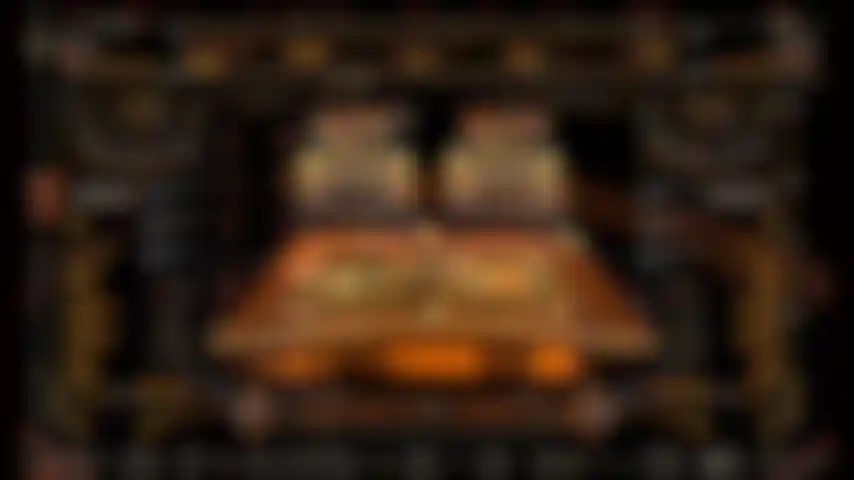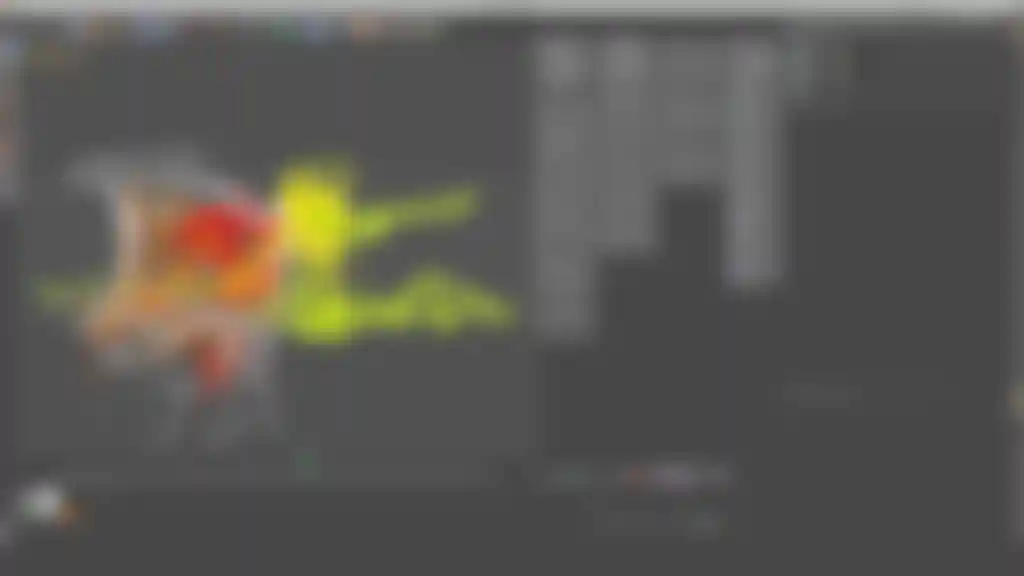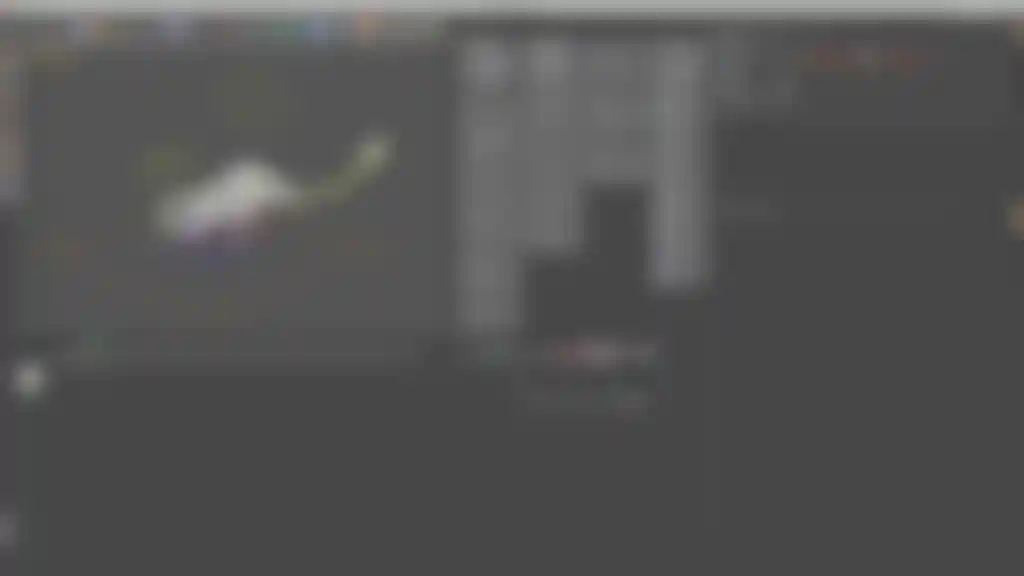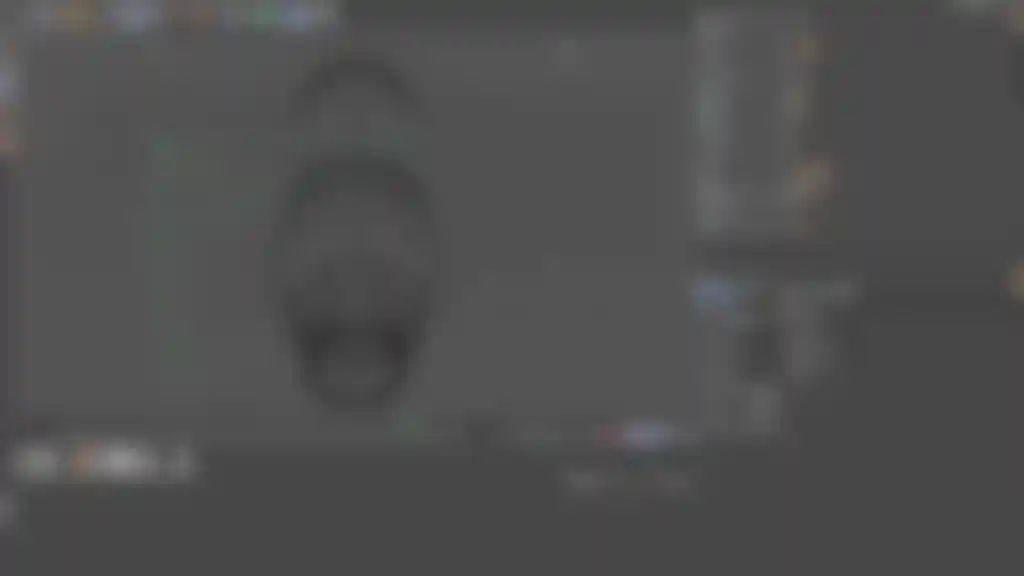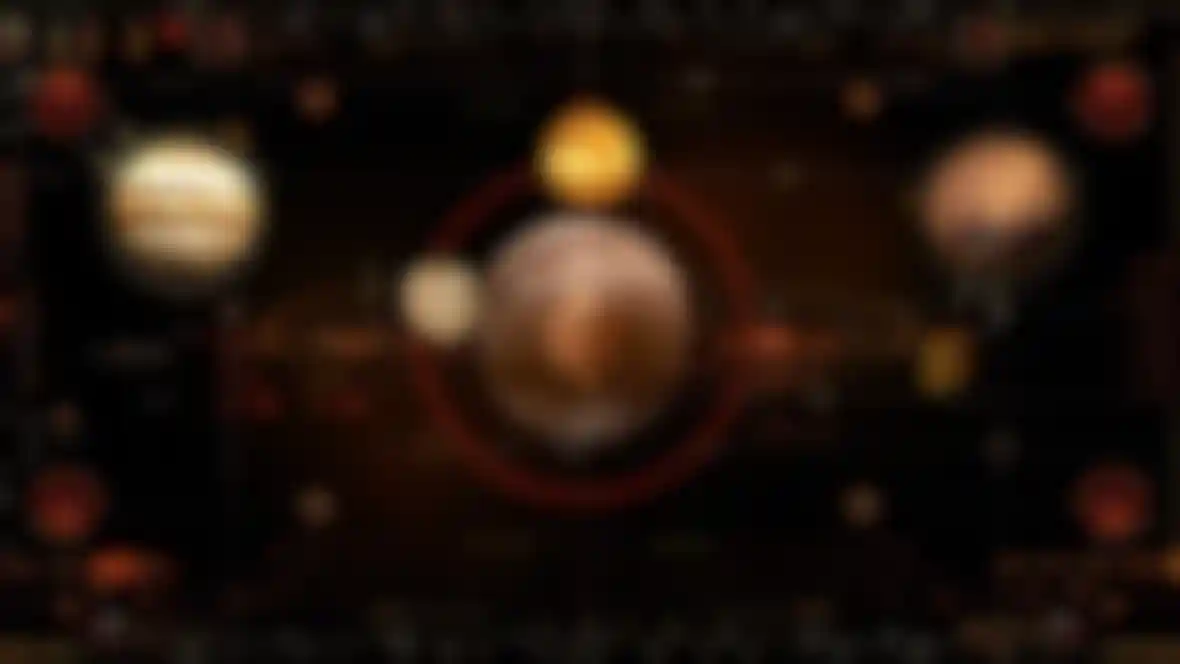
Stellar Visuals for Guardians of the Galaxy Made with Cinema 4D: Intergalactic interface design for an old spaceship, a crew of cosmic criminals and a virtual walkman ...
The jump from acclaimed graphic novel to successful movie tie-in is a tricky one. For every successful adaptation there's always one that leaves a sour taste in your mouth. For a project as ambitious as Marvel's 'Guardians of the Galaxy,' it required the efforts of half a dozen VFX companies to do the culture-spanning tale justice. Fortunately, it did just that and was one of the biggest draws at the summer box office.
Playing a vital part was Territory Studio, which was asked to create holograms, screens and interfaces for the Marvel Studios film. Territory was set up in 2010 when Creative Director David Sheldon-Hicks got together with Lee Fasciani and Nick Glover to found the company. Having already created a lot of the screen and graphic interfaces for Ridley Scott's Prometheus, Territory was the natural choice for the Guardians project.
The brief called for hundreds of designs and animations, with each set requiring its own look and feel to fit the vast number of sets, environments and cultures. There were screens for spaceships, street scenes, gambling dens, communication hubs and a prison. Each one had to reflect the specifics of a particular culture, whether it was human or alien. They also needed to reflect a sense of the wear and tear of function, history and backstory.
Territory took advantage of the massive Cinema 4D toolset using diverse tools such as those for character animation, motion graphics, particle effects and cel rendering. Cinema 4D's MoGraph tools and workflow with Adobe After Effects were key in simplifying the creation of the complex screen interfaces. "The complexity and variables of on-set screen graphics work requires us to be fast, flexible and creative, and Cinema 4D allows us to do this in bucket loads," states David. "The tight integration with After Effects was essential."
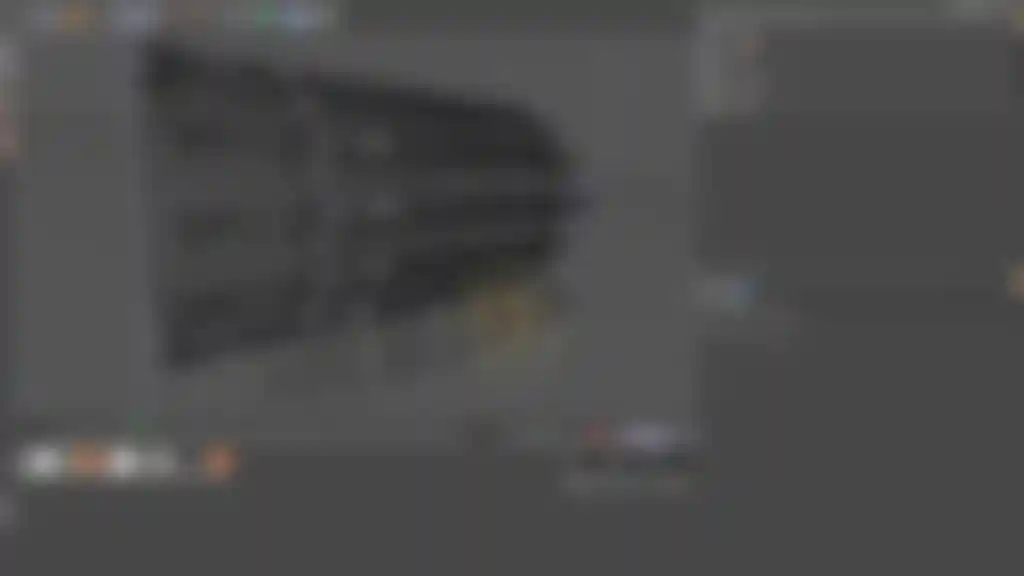
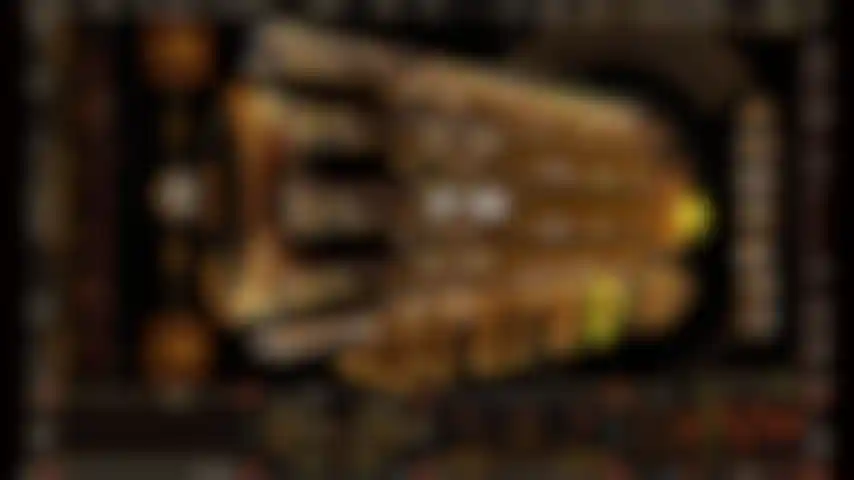
David explained how they approached the task: "We had conversations with Director James Gunn who was very script-focused, with a clear vision of what he wanted. He was also very supportive of our work and gave us a lot of freedom. We also worked very closely with Production Designer Charles Wood and Art Director Alan Payne and the art team. We had bi-weekly meetings with the art team in which they would show us their concepts and visuals for scenes and environments that were further down the line than we were. This really helped us understand the look and feel of the many locations, be they planets, prisons, spaceships, street scenes, gambling dens and so on, which we would reference and support."
The first challenge was receiving high-poly-count assets from the art department, typically around five million polys, and creating usable assets for animation purposes, especially the Nova prison and Milano ship screens. These had to be reduced to 500,000 polys or less. To do this, some of the assets were remodeled while others used the Polygon Reduction tool within Cinema 4D to achieve the same result. The streamlined workflow between After Effects and Cinema 4D certainly helped the process along.
There were a lot of typefaces on show for each area and culture. David went through the design process: "We referenced artwork from the original Marvel comics and style guides and concept art from the art and costume departments. Then Lee Fasciani, my co-founder here at Territory and a specialist in crafting fonts and icons, created each typographic and icon style to reflect the character and personality of a particular culture or location, drawing on colors and shapes to provide a visual language to convey this. Each one was subject to approval and, because of our collaborative relationship with the art department, we didn't run into any problems."
One of the main areas that saw action throughout the film was the spaceship Milano that the main characters used. The Milano's backstory was that it's seen some action and is clearly a bit dated, but still beautiful with many clever modifications. David described how their designs fit in: "Our UI needed to reflect both this engineering sophistication and main character, Peter Quill's can-do attitude to hacking the system to get the extra performance he wanted. He was more interested in effective modifications than in perfect code, so our screen graphics for the ship's navigation, weapons and entertainment were a bit rough and ready to reflect this. We were also able to have a lot of fun with details such as the music interface that Quill hacked to simulate a 1980s tape deck."
In the film, the '80s mix cassette tape was a key personal memento for Quill and he took it, and a Sony Walkman, wherever he went. This connection to the '80s ran through the whole film, in terms of the soundtrack, in some of the styling and in the look and feel of Territory's graphics. On the Milano, the team wanted to create an interface that was based on an authentic deck that visually converted the media into a cassette tape as it was inserted and ejected, with tape that could be seen to roll as the music was playing.
David concluded: "In terms of the user interface, we referenced the classic reds and oranges against a black background of 1980's UI, we looked at the paintwork styling of 80's sports cars and we explored the effect of degradation on screens by looking at how airplane windows show the effect of stress and age - the clouding and scratches that their screens show with time. Our designers then took on board this research and created a look that felt true to the spirit of the film."
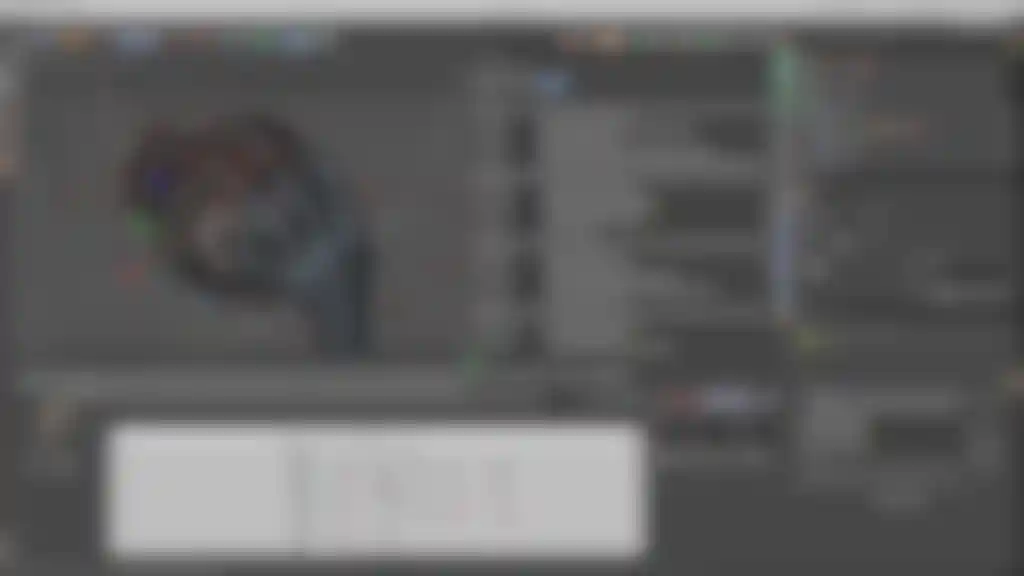
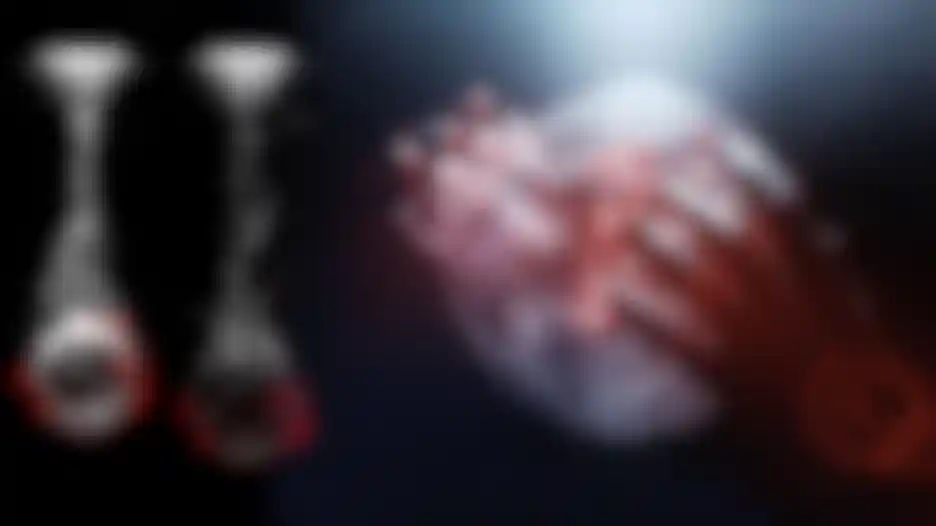
Territory also worked directly with a company called Compuhire, who were the wizards behind programming on-set playbacks and getting the graphics in front of actors and directors. Territory would often have to turn around several screens in a day, and with Cinema 4D working so well with After Effects they were able to do this. Sharing nulls and camera data between applications and rendering object buffers were key workflows that the team used on a daily basis. XPresso was also called into play on a sequence on the Dark Aster ship, to make the animation process easier for actions such as finger rolls where David only wanted to animate one slider.
With a large number of VFX teams working on the project, producing work from Cinema 4D that everyone else could use was paramount. David recalled how the Production VFX Supervisor Stephane Ceretti played a key role here, "He really understood our way of working and what we were able to do and because he oversaw all the VFX vendors, they were able to ensure the consistency of our concepts, from screen to post."
In the end, Territory used from two to seven people on the project over a ten-month period, putting up to 18 Mac OS X 3.5GHz six-core machines to work rendering out the various elements.
You can see more of the graphics from Guardians of the Galaxy here:
www.territorystudio.com




